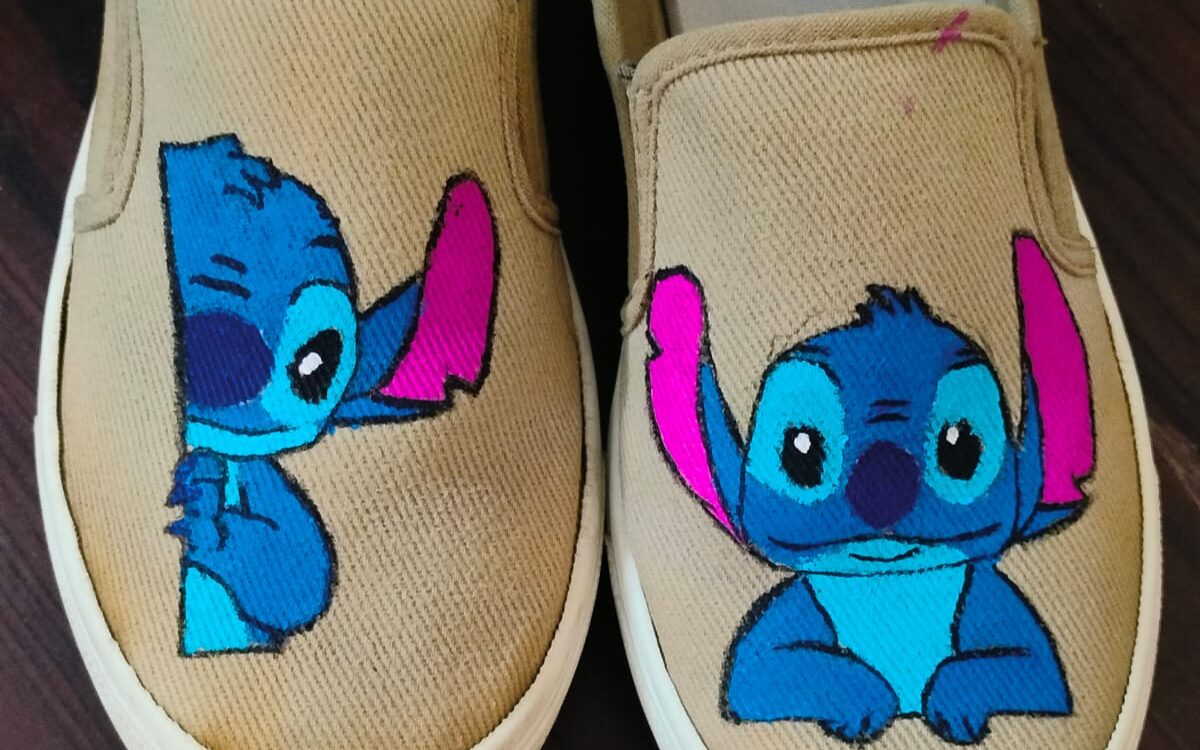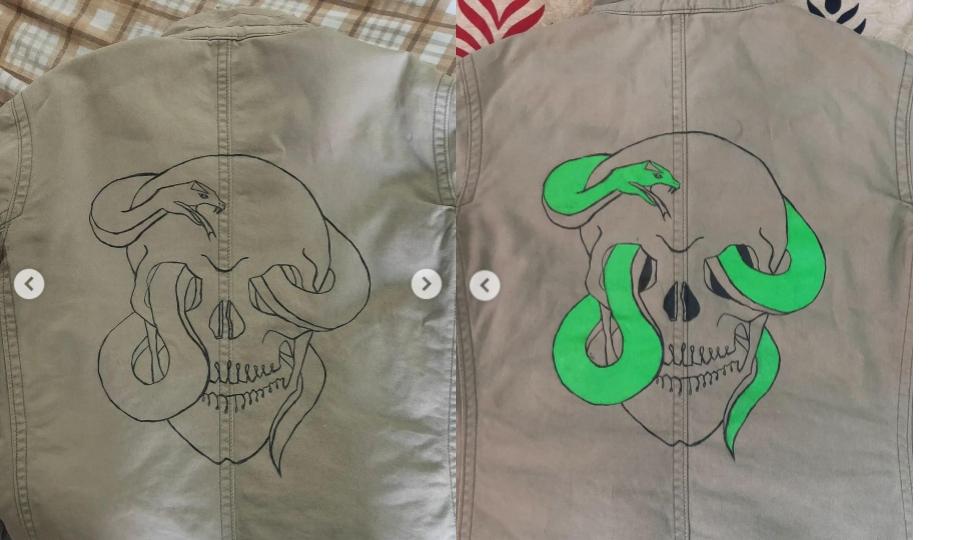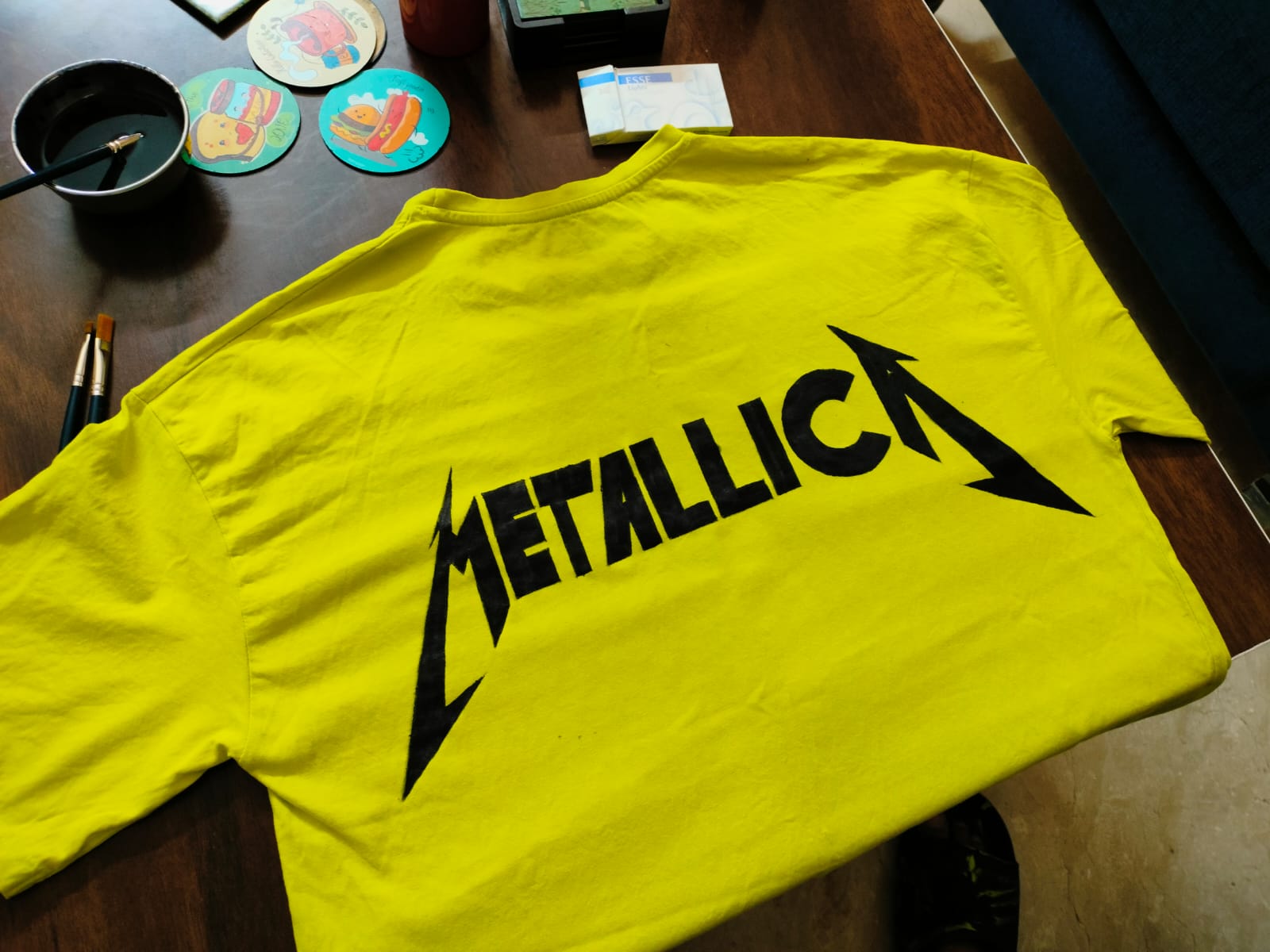Painting a t-shirt can be a creative and enjoyable way to express yourself or make personalized gifts. Whether you are a beginner or a seasoned artist, this article will guide you through the process of painting a t-shirt, covering everything from gathering materials to different painting techniques.
Gathering Materials and Tools:
Before you start painting, gather all the necessary materials and tools. You will need a plain cotton t-shirt, fabric paints, paintbrushes, stencils (optional), painter’s tape, a palette or disposable plate, and newspapers or cardboard to protect your work surface.
Preparing the T-Shirt:
Begin by washing and drying the t-shirt to remove any sizing or chemicals that may interfere with the paint’s adherence. Iron the t-shirt to create a smooth canvas for your design.
Finding Inspiration for Your Design:
For those in need of ideas, the internet is a treasure trove of t-shirt painting inspiration. Search for “t-shirt painting ideas” or “t-shirt painting designs” to discover various styles and concepts that can help kickstart your creativity. I usually choose pintrest for ideas.
2 Popular ways to paint a T-Shirt:
1.) Freehand Technique

Freehand painting is an expressive and creative painting technique where the artist uses their hand, brushes, or other tools to create artwork without the aid of stencils, guidelines, or pre-drawn shapes. It allows the artist to fully engage with their imagination, emotions, and spontaneity, resulting in unique and individualistic artworks.
In freehand painting, the artist relies on their skills, experience, and intuition to guide their brushstrokes and color choices. This approach often leads to fluid and organic compositions that capture the essence of the subject matter or the artist’s emotions at the moment of creation. Freehand painting can be done with various mediums such as watercolors, acrylics, oils, pastels, and more.
2.) Tie & Dye
Tie and dye, also known as “tie-dye,” is a colorful and vibrant textile art technique that involves tying or binding fabric in various ways before applying dye to create unique patterns and designs. This technique has a rich cultural history, with roots in many regions worldwide, including Asia, Africa, and South America. It gained significant popularity during the 1960s and 1970s as part of the hippie and countercultural movements.
The process of tie and dye begins by folding, twisting, pleating, or crumpling the fabric and securing it with strings, rubber bands, or other fasteners. These bound areas resist the penetration of dye, creating distinctive patterns when colors are applied. The dye is either brushed onto specific areas or the entire fabric can be dipped into dye baths. Multiple dye colors can be used, and the fabric is often left to soak, allowing the colors to blend and create mesmerizing gradients.
How to Paint a T-Shirt with Free Hand?

- Choose your design: Sketch your design on paper before transferring it to the shirt or paint directly on the shirt for a spontaneous approach.
- Protect the work surface: Lay newspapers or cardboard to avoid any accidental spills.
- Secure the shirt: Place a piece of cardboard inside the shirt and use painter’s tape to hold the shirt flat.
- Paint your design: Dip your brush into the fabric paint and carefully apply your design to the shirt.
- Allow to dry: Let the paint dry thoroughly before adding any additional details or colors
How to Tie & Dye a Shirt Step by Step?
- Prepare the shirt: Soak the t-shirt in water to make it damp but not dripping.
- Create the tie-dye pattern: Use rubber bands to bind sections of the shirt according to your desired pattern.
- Apply the dye: Put on gloves and apply the fabric dye to each bound section using your chosen colors.
- Seal the dye: Enclose the dyed shirt in plastic wrap or a plastic bag and let it sit for the recommended time.
- Dry the dye: Take out the fabric from the plastic bag and let it sit in sunlight for couple of hours.
- Rinse and wash: Rinse the shirt until the water runs clear, and then wash it separately with cold water and mild detergent.
All About Drying and Curing:
After painting your t-shirt, follow the fabric paint manufacturer’s instructions for drying and curing. Typically, you need to air dry the shirt for a certain period and then heat set the paint using an iron to ensure the design stays intact through washes.
Also Read : How to Cut Onions Without Tears
TIPS FOR PAINTING ON A T-SHIRT
- Practice on a scrap fabric before starting on the t-shirt.
- Use fabric paint specifically designed for textiles.
- Avoid over-saturating the fabric to prevent bleeding.
- Experiment with stencils and painter’s tape for clean lines.
- Have fun and embrace imperfections as part of the artistic process.
Conclusion
Painting a t-shirt offers a canvas for creative expression and personalized fashion. By following the steps and tips provided in this article, you can confidently paint your own t-shirt using freehand techniques or try the colorful tie-dye method. Remember to use the right materials and follow the drying and curing instructions for long-lasting results. Embrace your creativity, and let your t-shirt reflect your unique style and imagination. Happy painting!
FAQ’s
What kind of paint do you use on t-shirts?
It is best to use fabric paint specifically formulated for t-shirts and textiles. Fabric paints are designed to adhere to fabric fibers and withstand washing.
Will acrylic paint wash off?
Regular acrylic paint may wash off or fade after washing. It’s recommended to use acrylic fabric paint or textile paint that is specifically designed for use on fabric.
Do we use water for fabric painting?
Water is generally not used directly with fabric paint, as it can dilute the paint’s consistency and affect the design’s durability. However, you can dampen the fabric before painting to help the paint spread more smoothly.
What paint to use on cotton fabric?
Cotton fabric works well with fabric paints, fabric markers, and textile dyes. Fabric paints, in particular, provide vibrant colors and a soft finish on cotton.



